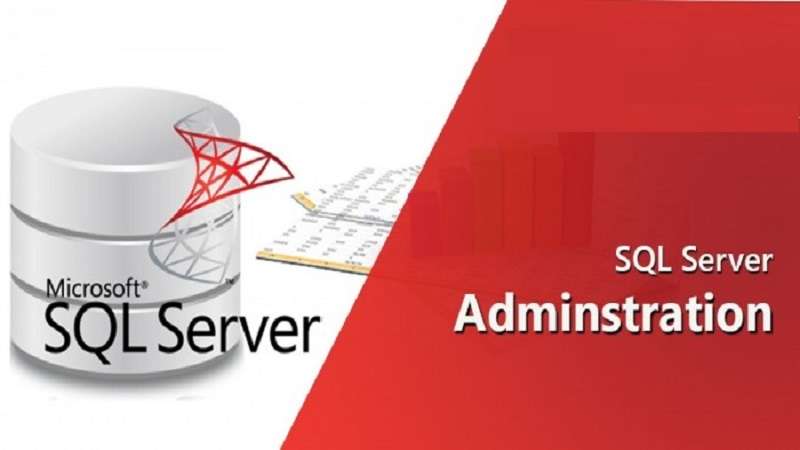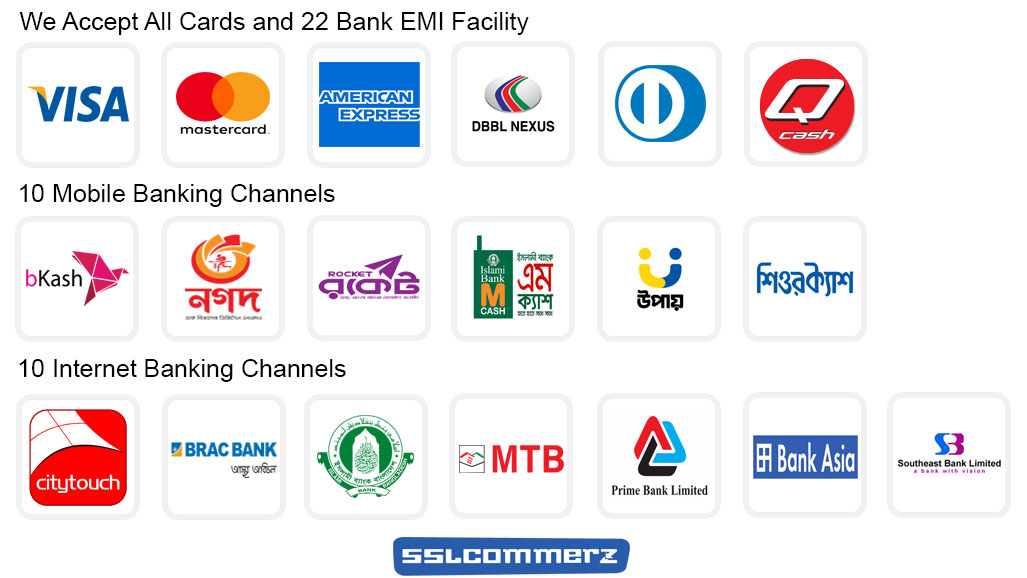MS SQL Server Administration

Microsoft SQL Server continues to be one of the world’s most popular and top databases. Database is a heart of IT which is needed to stored all critical data and information. This training course will provide you all the necessary skills you need to be a successful database administrator.
Course Objectives
After completing this course, students will be able to
- Start from scratch by installing Microsoft SQL Server 2016 and create a practice environment for yourself.
-
You will be familiarized with some of the core concepts of RDBMS / SQL Server.
-
Ins and outs of SQL Server Management studio.
-
Create and connect SQL server colud database using Amazon AWS and Microsoft Azure.
-
Create, alter and drop database.
-
Create, alter and drop tables.
-
Insert, update and delete records from tables.
-
Constructing your SELECT statement to retrieve data from SQL Server.
-
Filter out unwanted data by using WHERE clause as well as, you would know how to order your result set by using ORDER BY clause.
-
Use UNION / UNION ALL operators
-
Group and summarize your data by using , GROUP BY clause, HAVING clause and Aggregate functions.
-
SQL Server. Inner Join, Left Outer Join, Right Outer Join, Full Outer Join, Cross Join and Self Join.
-
String functions, date functions, and system functions.
-
Create your own function.
-
Create, alter and drop Stored Procedure and advantages of stored procedure.
-
Create, alter and drop Trigger and its advantage.
-
Create, alter and drop View and its advantage.
-
Temp tables and its advantage.
-
Handel exceptions in SQL Server.
-
Import data from excel file, flat file, another SQL server database and MySQL.
-
Export data to excel file, flat file and another SQL server database
-
Bulk Insert & Cursors.
Target Audience
- System Engineer
- IT Professionals
Course Pre-Requisites
- Basic knowledge of the Microsoft Windows operating system and its core functionality.
- Working knowledge of Transact-SQL.
- Working knowledge of relational databases.
- Some experience with database design.
Course Summary
Course Fee
৳ 20,000
Training Method
Offline/Online
Total Modules
11
Course Duration
60 Hours
Total Session
20
Class Duration
3 Hours

Details Course Outlines
Module-01
Create Transact-SQL SELECT queries
- identify proper SELECT query structure
- write specific queries to satisfy business requirements
- construct results from multiple queries using set operators
- Distinguish between UNION and UNION ALL behavior
- identify the query that would return expected results based on provided table structure, and/or data.
Module-02
Query multiple tables by using joins
- write queries with join statements based on provided tables, data, and requirements;
- determine proper usage of INNER JOIN
- LEFT/RIGHT/FULL OUTER JOIN, and CROSS JOIN
- construct multiple JOIN operators using AND and OR
- determine the correct results when presented with multi-table SELECT statements and source data
- write queries with NULLs on joins
Module-03
Implement functions and aggregate data
- Construct queries using scalar-valued and table-valued functions
- Identify the impact of function usage to query performance and WHERE clause sargability
- Identify the differences between deterministic and non-deterministic functions
- Use built-in aggregate functions;
- Use arithmetic functions
- Date-related functions, and system functions.
Module-04
Modify data
- Write INSERT, UPDATE, and DELETE statements
- Determine which statements can be used to load data to a table based on its structure and constraints
- Construct Data Manipulation Language (DML) statements using the OUTPUT statement
- determine the results of Data Definition Language (DDL) statements onsupplied tables and dataQuery data with advanced Transact-SQL components (30–35%)
Module-05
Query data by using subqueries and APPLY
- Determine the results of queries using subqueries and table joins
- Evaluate performance differences between table joins and correlated subqueries based on provided data and query plans
- Distinguish between the use of CROSS APPLY and OUTER APPLY
- Write APPLY statements that return a given data set based on supplied data
Module-06
Query data by using table expressions
- Identify basic components of table expressions
- Define usage differences between table expressions and temporary tables
- Construct recursive table expressions to meet business requirements
Module-07
Group and pivot data by using queries
- Use windowing functions to group and rank the results of a query
- distinguish between using windowing functions and GROUP BY
- construct complex GROUP BY clauses using GROUPING SETS, and CUBE
- construct PIVOT and UNPIVOT statements to return desired results based on supplied data
- determine the impact of NULL values in PIVOT and UNPIVOT queries
Lesson-08
Query temporal data and non-relational data
- query historic data by using temporal tables, query and output JSON data, query and output XML data
Lesson-09
Create database programmability objects by using Transact-SQL
- create stored procedures, table-valued and scalar-valued user-defined functions, triggers, and views
- implement input and output parameters in stored procedures
- identify whether to use scalar-valued or table-valued functions
- distinguish between deterministic and non-deterministic functions
- create indexed views
Lesson-10
Implement error handling and transactions
- determine results of Data Definition Language (DDL) statements based on transaction control statements
- implement TRY…CATCH error handling with Transact-SQL
- generate error messages with THROW and RAISERROR
- implement transaction control in conjunction with error handling in stored procedures
Lesson-11
Implement data types and NULLs
- evaluate results of data type conversions
- determine proper data types for given data elements or table columns
- Identify locations of implicit data type conversions in queries
- determine the correct results of joins and functions in the presence of NULL values,
- identify proper usage of ISNULL and COALESCE functions
